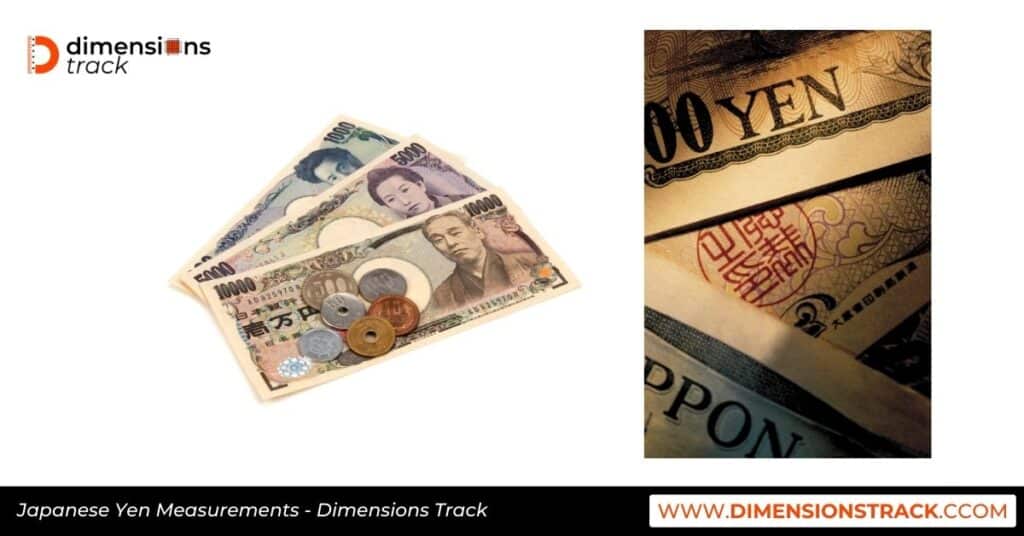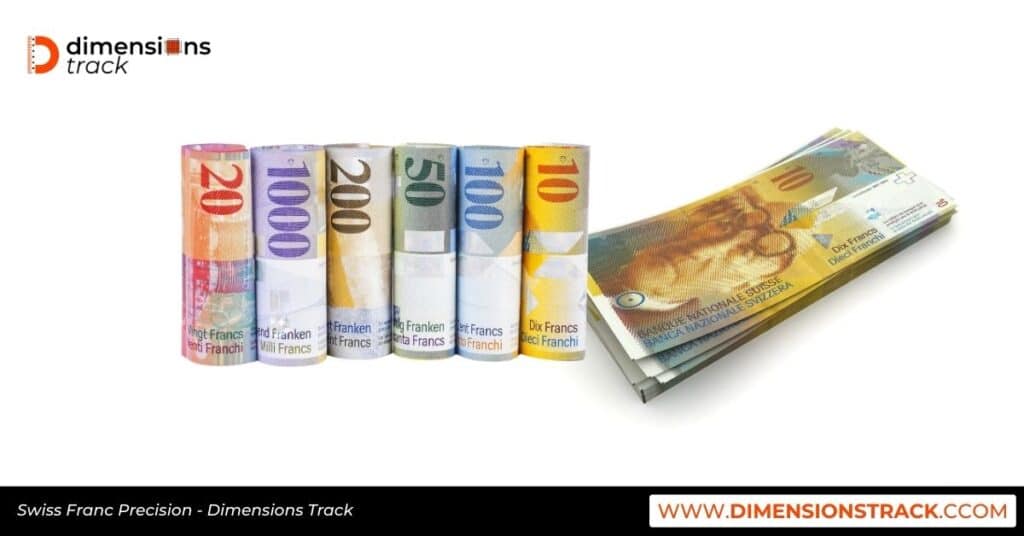The fascinating world of dimensions of notes reveals the intricate balance between security and practicality. From the largest banknote to the smallest banknote, each currency tells a unique story through its measurements.
“The dimensions of a nation’s currency reflect not just its monetary value, but its cultural identity and technological advancement.” – International Monetary Design Association
Global Currency Dimensions Overview
When exploring the dimensions of world’s major currencies, we find fascinating variations. Here’s a comprehensive comparison:
| Currency | Smallest Note | Dimensions (mm) | Largest Note | Dimensions (mm) |
|---|---|---|---|---|
| US Dollar | $1 | 156 x 66.3 | $100 | 156 x 66.3 |
| Euro | €5 | 120 x 62 | €500 | 160 x 82 |
| British Pound | £5 | 125 x 65 | £50 | 146 x 77 |
| Japanese Yen | ¥1000 | 150 x 76 | ¥10000 | 160 x 76 |
| Swiss Franc | CHF10 | 123 x 70 | CHF1000 | 181 x 70 |
Let’s explore the world’s top currencies:
Standard US Dollar Dimensions

The United States dollar maintains consistent dimensions across all denominations. Each bill measures exactly 156 millimeters in length and 66.3 millimeters in width. This uniformity sets the US dollar apart from many other currencies.
The thickness of each note reaches 0.11 millimeters, created through a unique blend of 75% cotton and 25% linen. This specific composition provides the distinct texture we associate with authentic American currency.
Since 1929, these dimensions have remained largely unchanged. The Federal Reserve maintains strict control over these specifications, ensuring that every bill, from the $1 to the $100 note, meets exact measurements.
Euro Banknote Variations

The European Union took a different approach with the euro, introducing size variations for different denominations. This progressive sizing system helps visually impaired individuals identify notes by touch.
The €5 note, the smallest, measures 120 millimeters by 62 millimeters. Each higher denomination increases in length:
- €10: 127 x 67 millimeters
- €20: 133 x 72 millimeters
- €50: 140 x 77 millimeters
- €100: 147 x 82 millimeters
British Pound Sterling Specifications

The Bank of England recently modernized its banknotes with polymer material, maintaining specific dimensions for each denomination. The £5 note measures 125 millimeters by 65 millimeters, while the £10 note extends to 132 millimeters by 69 millimeters.
The larger denominations follow suit, with the £20 note measuring 139 millimeters by 73 millimeters. The £50 note, the largest, reaches 146 millimeters by 77 millimeters.
Japanese Yen Measurements

Japan’s currency, the yen, features some of Asia’s most distinctive dimensions. The ¥1000 note measures 150 millimeters by 76 millimeters, while the ¥10000 note extends to 160 millimeters by 76 millimeters.
These dimensions reflect Japanese attention to detail and precision manufacturing. Each note maintains a thickness of 0.12 millimeters, slightly thicker than US dollars.
Australian Dollar Design

Australian banknotes pioneer innovative sizing. Their notes increase in length by 7 millimeters with each denomination, while maintaining a consistent height of 65 millimeters.
The polymer-based notes range from 130 millimeters for the $5 note to 158 millimeters for the $100 note. This systematic increase helps users quickly identify different values.
Canadian Dollar Format

The Bank of Canada aligns its notes closely with modern international standards. All Canadian dollar denominations share identical dimensions of 152.4 millimeters by 69.85 millimeters.
These polymer notes maintain a thickness of 0.117 millimeters, combining durability with sophisticated security features. Their uniform size streamlines automated handling systems.
Swiss Franc Precision

Switzerland’s reputation for precision extends to its currency dimensions. The Swiss franc notes range from 70 millimeters in height for all denominations, with lengths varying from 123 millimeters to 181 millimeters.
The latest ninth series introduced even more precise measurements, supporting advanced security features while maintaining the franc’s distinctive feel.
Chinese Yuan Specifications

The Chinese yuan (renminbi) maintains consistent dimensions across its main denominations. Each note measures 155 millimeters by 77 millimeters, slightly larger than US dollars.
These uniform dimensions facilitate easier handling in China’s rapidly modernizing economy, while supporting advanced security features.
Indian Rupee Measurements

Indian rupee notes feature varying dimensions based on denomination. The ₹10 note measures 123 millimeters by 63 millimeters, while the ₹2000 note extends to 166 millimeters by 73 millimeters.
This dimensional variation helps users identify different values quickly, particularly important in India’s diverse and populous economy.
Global Security Standards
Modern banknote dimensions incorporate various security features. The precise measurements support:
- Intricate watermarks
- Security threads
- Microprinting
- Holographic elements
- Color-shifting inks
These features require specific dimensions to function effectively, influencing the size of notes worldwide.
Modern Printing Tolerances
Understanding notes dimensions requires precision in manufacturing. Contemporary security features demand exact measurements:
| Security Feature | Dimensional Tolerance (mm) | Impact on Design |
|---|---|---|
| Watermarks | ±0.05 | Affects paper thickness |
| Security Thread | ±0.02 | Influences note width |
| Holographic Strip | ±0.03 | Determines strip placement |
| Micro-printing | ±0.01 | Affects text clarity |
These tolerances ensure that both large denomination notes and small denomination notes maintain security standards.
Impact of Paper Currency Dimensions
The evolution of banknote sizes has significantly influenced various sectors:
The largest note dimensions typically determine:
- Wallet manufacturing specifications
- ATM cassette designs
- Currency counting machine parameters
Meanwhile, small banknotes influence:
- Vending machine acceptors
- Portable wallet designs
- Currency sorting equipment
Future of Note Dimensions
As paper currency continues evolving, we see trends in miniature notes and more standardized sizing. The balance between large banknote security features and practical tiny banknotes remains crucial.
Conclusion
Understanding the dimensions of notes reveals the complexity behind modern currency design. From the smallest banknote to the largest note, each measurement serves specific purposes in security, usability, and functionality.
As technology advances, the future of paper currency dimensions will continue evolving. Whether examining a large denomination note or handling small denomination notes, these precise measurements represent centuries of monetary innovation and security advancement.
The careful balance between size, security, and practicality ensures that our banknotes remain both functional and secure. As we move forward, the dimensions of world’s major currencies will continue adapting to meet new challenges while maintaining their essential role in global commerce.

Henry Martin is a dedicated author at Dimensions Track, specializing in creating informative guides on the dimensions and measurements of various objects. With a passion for providing precise and reliable information, Henry helps readers make well-informed decisions about everyday products and spaces. His attention to detail ensures that each guide is thorough, easy to understand, and packed with useful insights for anyone seeking accurate measurements.







